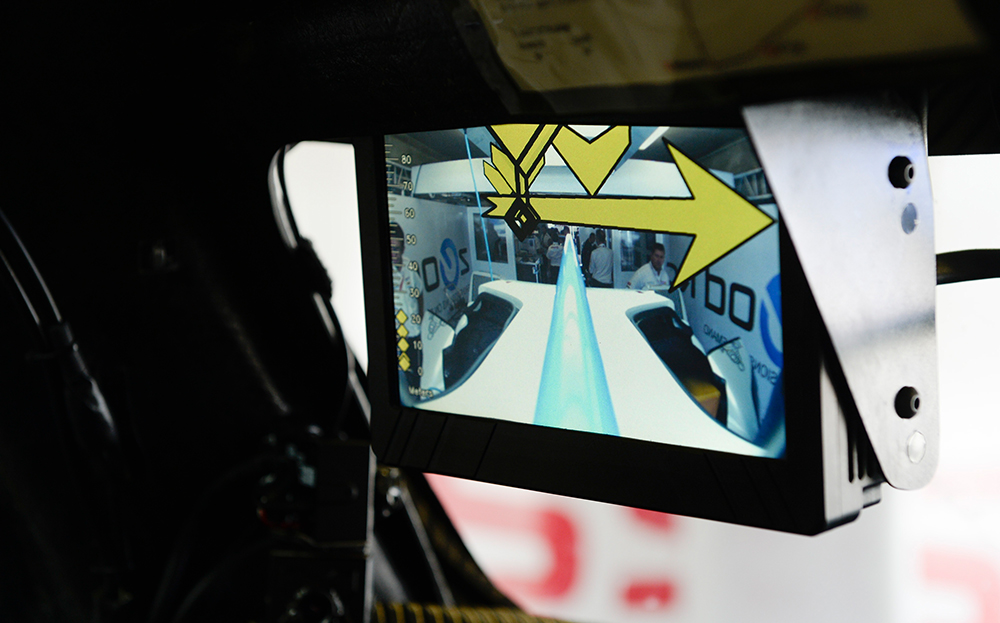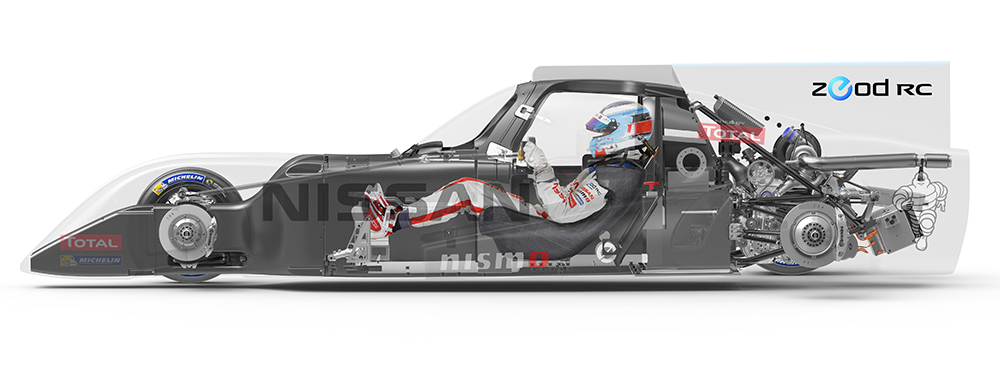News: Nissan to run car with no rear view mirrors at the 2014 Le Mans 24 Hours
But don’t worry, they have something much better… and soon, so shall drivers of the humble Qashqai
DRIVING MOST cars at the Le Mans 24 Hours race requires even the world’s best professional drivers to keep one eye on the road ahead and the other on their rear-view mirrors as faster – sometimes much faster – cars blast up behind and fly past. So why has Nissan decided to do away with rear-view mirrors on one of their racing cars at this weekend’s event?
The decision is raising a few eyebrows. But race favourite Anthony Davidson and his Toyota team need not be alarmed; the Nissan Zeod RC entry will use ground-breaking video technology to give it an unrivalled view of the action behind it. It is the only car allowed to do so under current rules, as it occupies the garage 56, allocated each year to a vehicle testing experimental technologies – and the technology will be coming to popular cars like the Nissan Qashqai from next year.

In addition to the rear-facing camera and a large video screen in the cockpit, the Zeod RC has an inbuilt radar system that not only shows a real-time view behind the car but also points out other vehicles and gives an insight on closing speed via large, coloured and flashing arrows on the screen, which point to which side the overtaking vehicles are passing.
The system was used for the first time on test day by drivers Wolfgang Reip and Tommy Erdos and will be kept for tonight’s practice and qualifying sessions, where Reip will be joined in the driving seat by Lucas Ordóñez and Satoshi Motoyama.
Nissan is the first manufacturer of the modern era to run a car at Circuit de la Sarthe intentionally with no rear view mirrors, and the hybrid Zeod RC will also be the first car ever at Le Mans to complete an entire 8.5 mile lap on electric power only.

According to Nissan, these rear view camera systems have a use beyond the racing circuit, on road cars driven by ordinary customers.
“These driver assist systems are just another aspect of future technology transfers that will improve the road cars of the future,” said Darren Cox, Nismo’s Global Head of Brand, Marketing & Sales. “The development of the battery technology will obviously assist the development of future versions of the Nissan Leaf and other hybrid models, but lessons learned from the driver assist systems will find their way into every Nissan model in the future.
“If we have a system which can provide safe and important information at 300km/h in a high pressure situation, then we can adapt that for use in road cars. One of the reasons why we race is that motor sport helps our engineers to really fast track technologies and test them in extreme environments. There is no event or competition more extreme than the Le Mans 24 Hours.”




